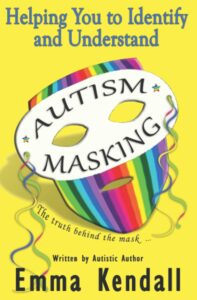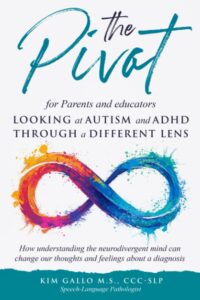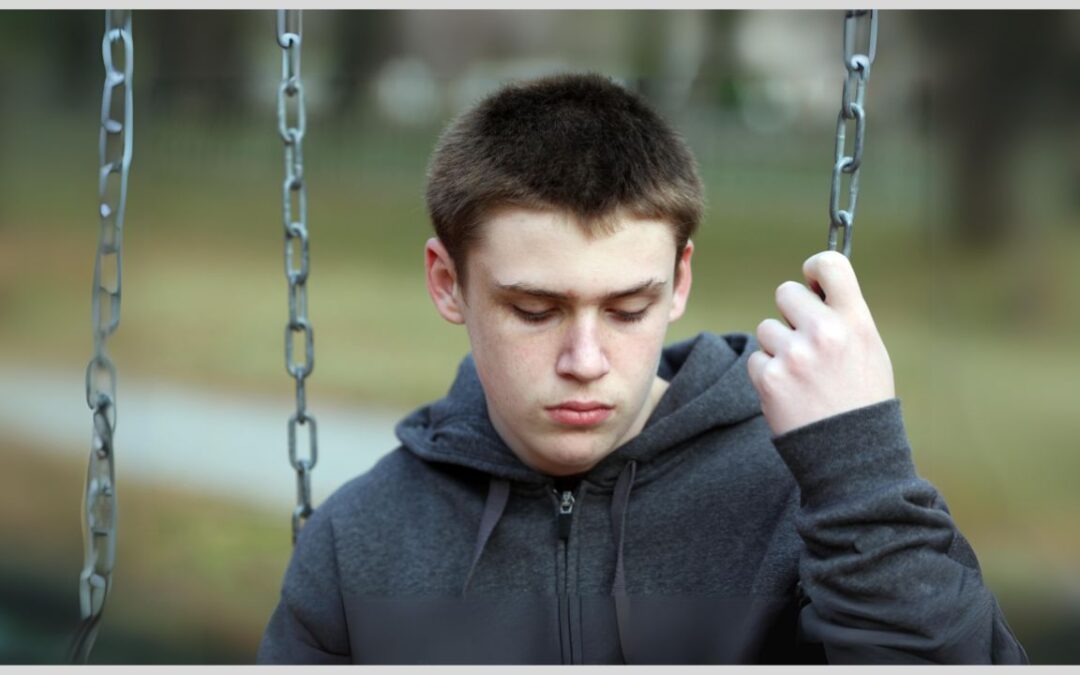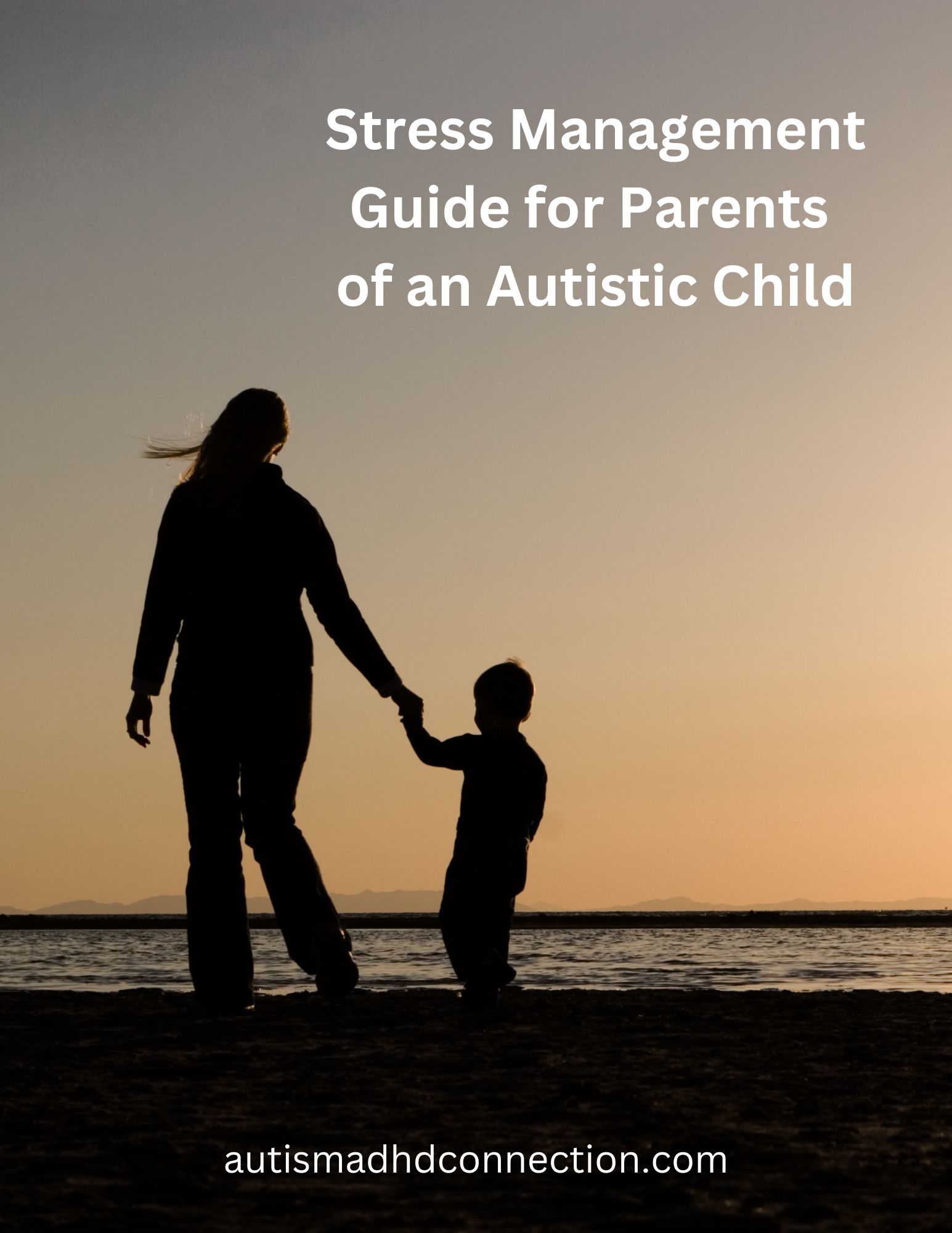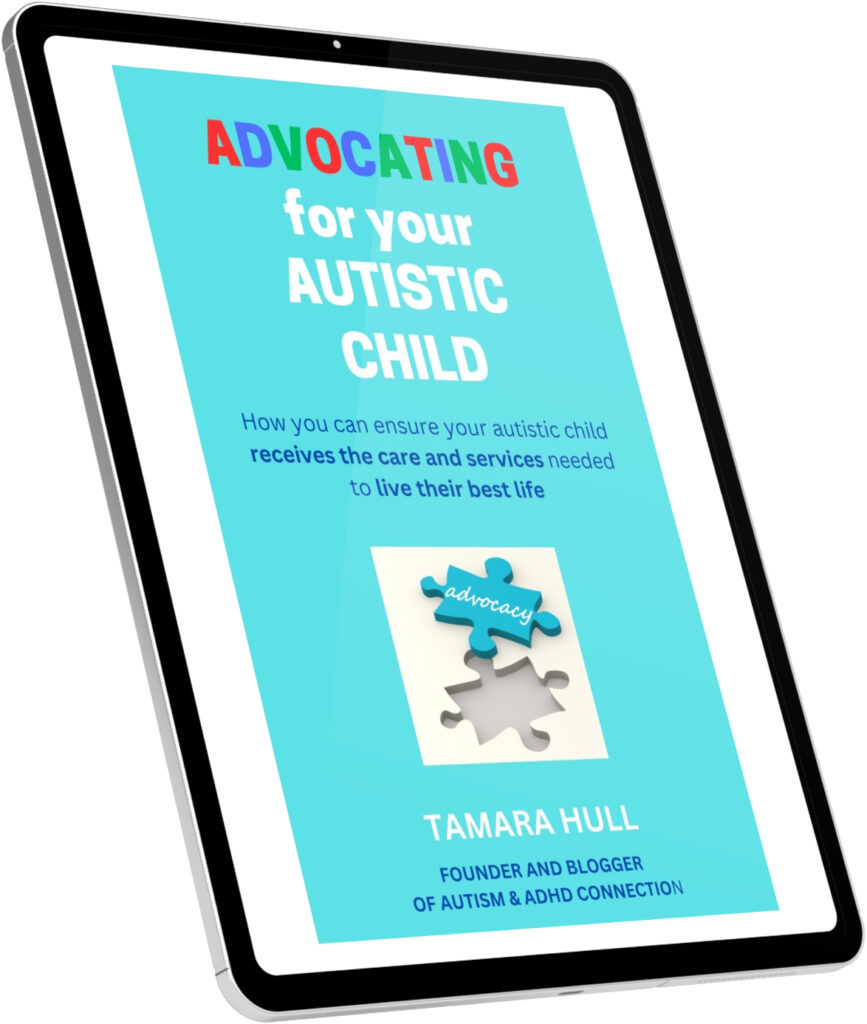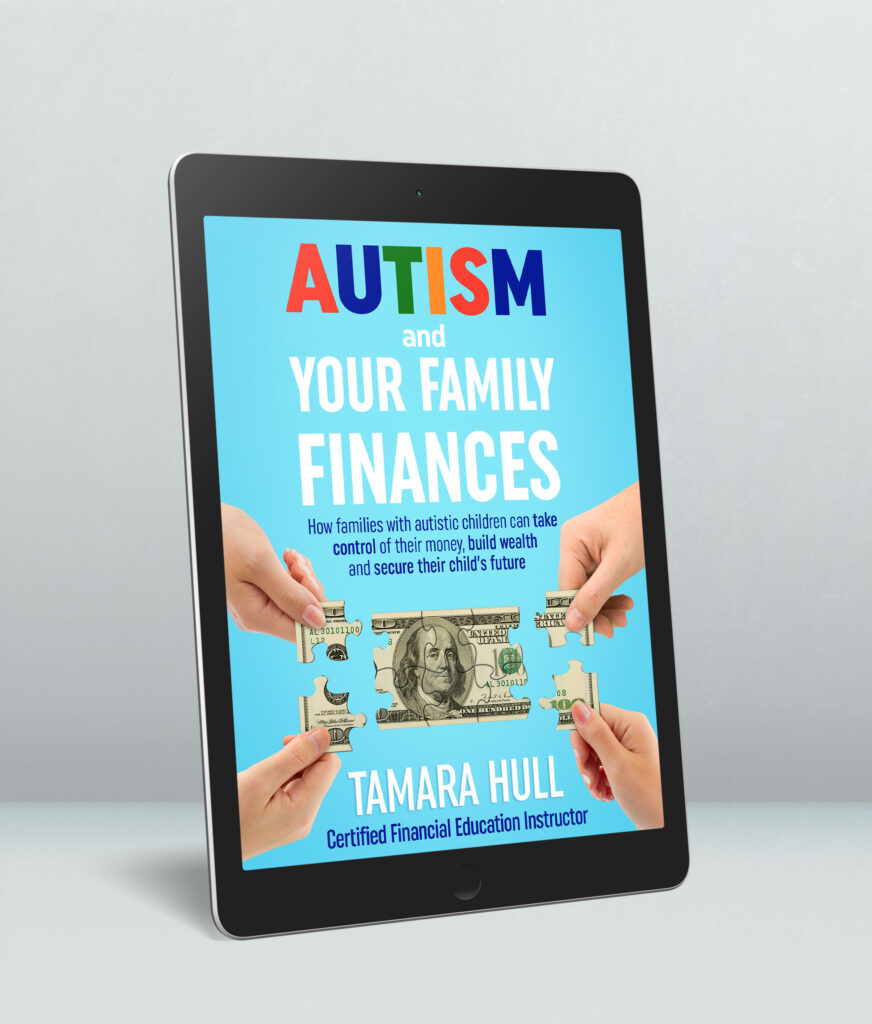Autistic people have to navigate in a neurotypical world that wasn’t made for them. They face so many challenges and feel different from their neurotypical peers. This can cause them to develop a way of dealing with these challenges and trying to fit in with peers better. It’s called masking. Masking can make your autistic child or teen feel like it helps them, but in so many ways, it hurts them and their sense of self.
What is masking of autism?
So, what is masking? The National Autistic Society defines it as a “strategy used by some autistic people, consciously or unconsciously, to appear non-autistic in order to blend in and be more accepted in society. Masking can happen in formal situations such as at school or work and in informal situations such as at home with family or socializing with friends.”
You may hear masking also referred to as social camouflaging.
What does masking look like?

Depending on the individual, masking can take many forms. Here are some common ways that autistic people mask:
- Observe and mimic their neurotypical peers’ behavior and mannerisms, including mirroring facial expressions that don’t come natural to them. Since these don’t usually feel normal to them, they can come across as exaggerated.
- Hide their stims in public and stim only in private.
- Learn how to not talk about their special interests as much with others so as not to be perceived as different or inappropriate.
- Adapt to preferences and expectations of others.
- Force themselves to have more eye contact with others.
- Reduce reactions to sensory sensitivities.
- Change their appearance to better fit in with peers.
- Develop scripts for conversations in certain situations.
When masking, autistic people in so many ways have to change who they are and act in a way that is not natural to them.
My son J hasn’t used masking very much, at least to my knowledge, as of yet. He accepts himself as autistic and doesn’t usually want to change his behavior or appearance to be perceived as someone else. Of course, I haven’t seen him on one of his jobs yet, and he may adjust certain behaviors there (then again, most of us adapt certain behaviors for the workplace due to professional expectations of how we should conduct ourselves). J definitely struggles with others’ perception of him and feels many times that he isn’t accepted or included, which as a mom makes me sad and frustrated. I am concerned that as he gets more time into the workplace and returns to community college that he may use masking more.
Why do autistic children and teens perceive masking as helping them?

Many autistic children who mask don’t really understand what they are doing and just want to fit in with others. When they become teenagers or young adults, masking can become more conscious and deliberate because they want to be perceived as a “normal” person or someone who doesn’t seem so different than others.
Some reasons that autistic people mask can include:
- Being more likeable
- Fitting in with neurotypical peers
- Being accepted and included at school or in the workplace
- Wanting a romantic partner
- Avoiding stigma of autism
- Having their ideas and/or work taken more seriously
- Reducing social awkwardness
- Wanting to make friends
- Decreasing the likelihood of bullying
- Compensating for communication differences
- Coping with anxiety in social situations
How does masking hurt my autistic child or teen?
While masking may make your child or teen feel like they are better accepted in the neurotypical world, it comes with a high price for them. Masking can cause many mental health issues for autistic people.
Some of these issues can be:
- Loss of self-identity
- Autistic burnout
- Depression
- More meltdowns
- Feeling disconnected and isolated
- Mental exhaustion
- Low self-esteem
- Others not believing they are autistic
- Higher stress levels
How can I help my autistic teen deal with the neurotypical world?
If you think your autistic child, teen or young adult is masking, what can you do to help? There are ways you can support your child and help them accept themselves to decrease the need for masking. Here are some ways:
- Give them time to decompress after social situations
- Accept their autistic behaviors and don’t try to change them (unless something is truly inappropriate or harmful)
- Focus on your child’s strengths and encourage them to help raise their self-esteem and confidence
- Help them improve their communication and social skills through speech and/or cognitive therapy
- Praise their efforts
- Educate your child’s teachers and help them find ways to encourage others to accept your child for who they are
- Take immediate action if your child is being bullied and teach them how to handle situations that may occur
- Talk about how people are different and that these differences can be a strength
- Find opportunities to involve your child in organizations and events that are autism or neurodiverse friendly
Have you helped your autistic child, teen or young adult through masking? What additional advice do you have for parents and caregivers? Leave a comment so that we can all share and encourage each other on this journey.
Additional resources
Do you want to learn more about masking autism? Check out these resources available.
Unmasking Autism: Discovering the New Faces of Neurodiversity (affiliate link)

Autism and Masking (affiliate link)

Self-Care for Autistic People: 100+ Ways to Recharge, De-Stress, and Unmask! (affiliate link)
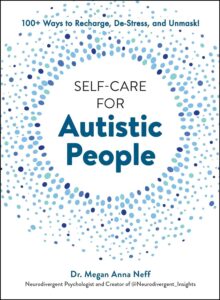
Helping You to Identify and Understand Autism Masking: The Truth Behind the Mask (affiliate link)
